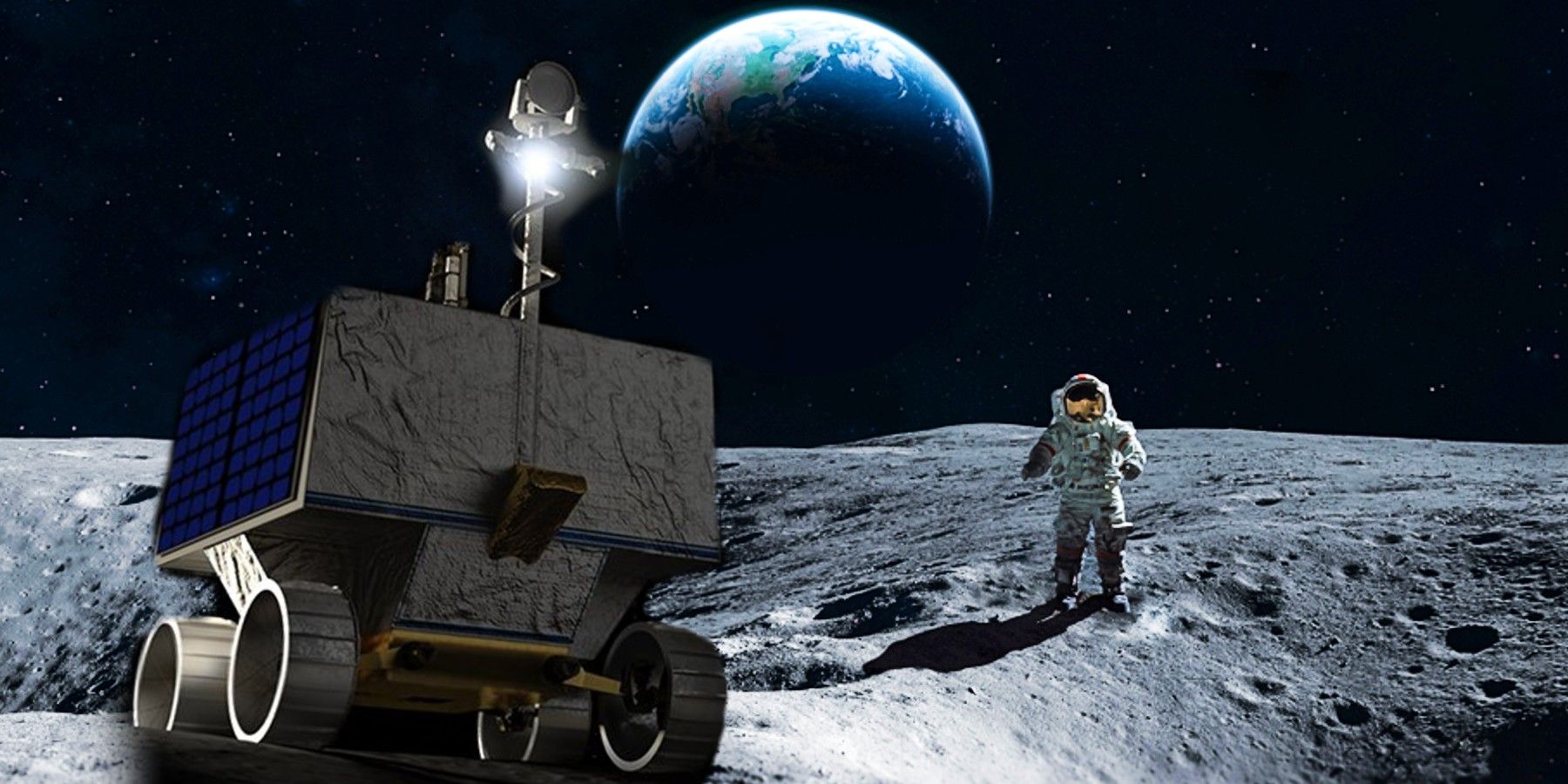NASA just finished testing the new wheels the Artemis Moon rover will use on its mission. Designing wheels for inter-planetary rovers and moon environments is one of NASA engineers' most significant challenges. If there is something they want to get right, it is the wheels. Rovers like Spirit have gotten their wheels stuck in the sand and died there.
The Artemis Moon mission marks the return of humanity to the moon. The endeavor includes a series of launches. Artemis I, an uncrewed mission is expected to launch in March or April. Artemis' main goal is to establish an international base on the moon. The VIPER, a water-seeking rover, recently passed its Critical Design Review, which means the rover moves from design to construction.
NASA announced that the new wheels of the VIPER rover have passed all simulations and are ready to roll. So how do the wheels of a half-ton, water seeker, moon driller, night-driving rover have to be to survive a mission on the moon? NASA came up with a design never used on any rover before to answer that question. The wheel is hollow, and instead of a tire, it has tracks like a military tank. There are two reasons for the design. First, the VIPER's size and weight, and second, it will be driving on the moon.
Rolling Tracks Under Solar Wind And A Dust Mess
VIPER's final approved blueprints say the rover weighs precisely 992 pounds. That's 0.4 tons. With speeds of 0.5 miles per hour, VIPER does not move fast, but it is not built for racing. Instead, the rover carries a significant payload with a solar-charging 450-watt power battery, the first-ever headlights mounted on a rover, full camera gear, and many scientific and communication equipment.
VIPER and military tanks have more in common than one would think. They are both heavy vehicles, carry lots of weight for their size, and drive through rough terrains. In heavy vehicles, track wheels increase the contact surface and prevent the car from sinking into the ground. NASA admits that they are not "quite sure what to expect from the soil in the polar regions." So they decided to give the rover heavy-duty, all-terrain wheels. Each of the rover's four wheels is independent, can steer, drive, and act as suspension. VIPER can move diagonally, sideways, and spin in a circle.
But VIPER will face a small enemy that no military tank has ever faced — statically charged lunar dust. During the Apollo mission to the moon, the astronauts heavily complained about how dust got into everything, from spacesuits to gear joints, the rover, and even their lunar habitat. Because the moon is not protected by an atmosphere, solar wind beats down constantly on its surface, charging it with static electricity. Nevertheless, VIPER's wheel team assures they have sand tested and terrain tested VIPER, and their wheels are good to go. NASA simulated more than 25 miles of driving. The wheel climbed simulated moon slopped, escaped slips, and faced a battery of different rock distributions.
Source: NASA


